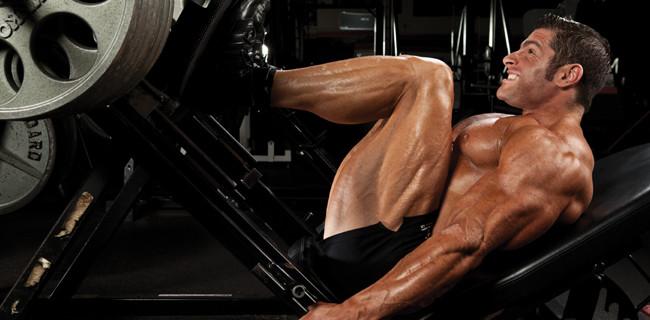
How To Build Leg Muscles Bigger, Faster, and Stronger
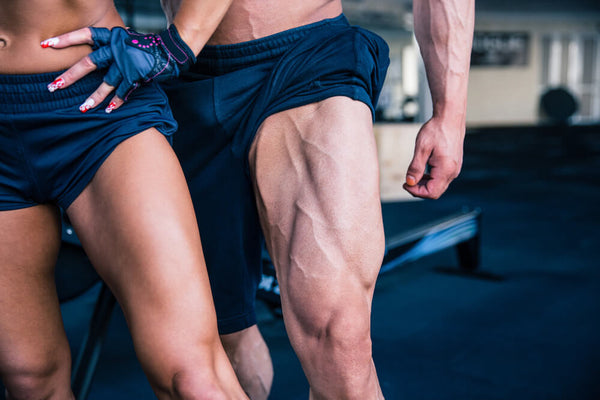
Even though most of us are well aware that ‘never skip leg day’ is THE motto of the bodybuilding niche – rarely does anyone commit fully to this idea. Furthermore, a strong lower body doesn’t just equate to bonus looks at the beach – it also means harnessing more power, endurance, and overall strength.
That’s right: most of an individual’s upper body strength actually comes from the lower body – including core, quads, thighs, hamstrings, calves, shins, and glutes.
Think of it like this: the lower body is the pillar that the rest of your body rests upon.
For this reason, we’ve come up with a list of lower body workouts, tips & tricks, and additional nutrition facts to help build your legs – Spartan style.
1) The Condition of Your Legs

First off, you have to be honest with yourself. If you find yourself on the receiving end of a so-called Chicken Leg Syndrome (CLS in short) – then you’ve most likely prioritized upper body workouts over lower body pumps. And even though the damage has been done, there’s still hope. It just helps to acknowledge the wrongdoings and start over the right way.
Start by including lower body workouts twice a week – prioritizing squats over other drills. Or everything that fires up the leg muscles really. Once you nail down a routine, the results will come bursting in by themselves.
2) Squats! Squats? Squats.
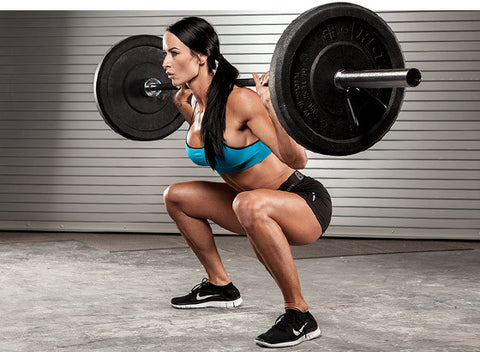
As simple of an exercise as squats can be, it can still take you a long way. Not all leg workouts are created equal, however – therefore a simple substitute workout just won’t cut it.
The best option at this point is to start your workout session with – squats. This way, you’re investing for the future, since bulking up the leg muscles requires lots and lots of energy and a solid chunk of time. Doings squats while you’re at the top of your game is the perfect way to go about this routine.
When a simple squat exercise wears out (and it will in time,) opt instead for variations like front squats, low-bar squats, zercher squats, and pistol squats. All of these alternatives offer something new and fire up different groups of muscles at different times.
Plus, you’ll never get bored by doing the same exercise over and over again.
3) Go Low

Oftentimes, individuals with the CLS syndrome grab the bar, overload the bar and huff and puff – only to descend few inches before rolling right back up. If anything, doing squats like this can end up hurting your lower back in the long run. Now, not only have you worsened the problem you already have – but you’ve also introduced another problem that could later require some tweaking too.
Calum von Moger, an Australian bodybuilder and pro-athlete, uses science to spread the word on how to do proper squats. According to him, half-reps are a no-no because they aren’t as effective as the full range of movement that is seen in regular squats. In addition to that, dipping low fully fires up the hamstrings and glutes, and improves the end results tenfold than what would’ve been possible by a shallow squat.
If agility is your stronger side – opt for dipping your hips lower than your knee joints upon doing a squat.
4) Feet Position Matter
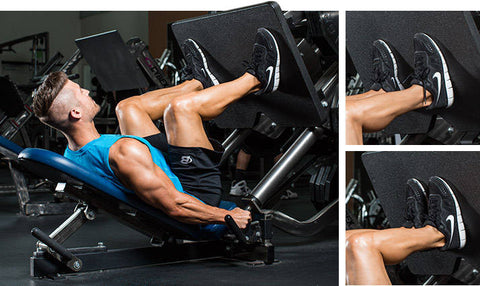
By changing up your feet position ever so slightly – you’ll hit different groups of leg muscles that’ll provide better results overall. This means that foot variation is way more beneficial than just locking your feet whenever you’re going in for a squat.
To make most out of your exercise, choose a position in which your feet assume a distance about shoulder-width apart, toes slightly outward. As you go deeper into your training regimen and start bulking up more – an added variety in regards to feet stance is definitely something to think about.
In continuation, Calum adds that changing the feet angle while doing squats is as important as adding different squat variations to your training. For instance, narrow-stance squats are perfect to fire up the outer sweeps of your quadriceps; on the other hand, wider feet stances tend to hit the inner thighs (adductors) more.
Important note: make sure you’re not angling your toes too much inward or outward to avoid strains or unwanted injuries to your knees.
5) Target The Quad Muscles

Getting leg day in means training different muscle groups at once or separately, including glutes, quadriceps, and hamstrings. Yet, some workouts are known to be more effective than others. The best exercises that specifically and more effectively target the quads are single-leg presses, squats, front squats, leg extensions, and sissy squats.
For advanced individuals, firstly consider an exercise called ‘pre-exhaust with a single-joint’ to start your workout session. Secondly, proceed with 3 sets of leg extensions; lastly, opt for multi-joint drills to end the day on a high note.
6) Up Your Game

Adding just as little as two repetitions during a set – or even squeezing another set in can add serious bulk to your leg muscles. Calum von Moger recommends several techniques to take your game to a whole new level:
1) Drop sets – this refers to eliminating about 25% of your current training weight when you experience muscle fatigue (or failure). Make sure to reach for drop sets only after you’ve finished your regular sets.
2) Partial reps – do as many reps as your regular exercise routine allows – then hit some partial reps. Partial reps, as their name suggests, may fall either below or above your natural repetition point.
3) Reduced rest time – goes without saying; mainly done to increase the intensity of your training.
7) Proper Dieting is King
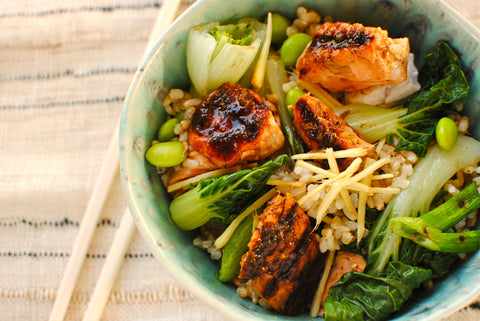
Scientifically speaking – food alone won’t contribute to stronger and bulkier legs. This is why it’s so important to combine a balanced diet, an exact training regimen, and proper rest to properly develop and shape your legs.
Additionally, proper macronutrient intake is also a very important ‘tool’ and plays a key role in an athlete’s leg development. Ideally, individuals should strive to take up to 1.5/2 grams of protein per kilogram of body weight; carbs should always fill up the plate the most – with a preference to complex carbs against simple carbohydrates; fat should represent no more than 30% of the overall macronutrient ratio – predominantly monounsaturated and polyunsaturated fats.
But, which foods should athletes include the most in their diets exactly?
1) Grilled Salmon with Brown Rice and Veggies – salmon is rich in protein, omega-3, and omega-6 fatty acids. Brown rice is an excellent source of carbs. Finally, the vegetables are full of antioxidants for quicker recovery after a strenuous workout session.
2) Grilled Chicken with Salad – white chicken meat contains all the protein without the fats found in dark meat. The vegetables in the salad are full of antioxidants and fiber to help you hit the gym again in no time. Additional olive oil plus avocado brings healthy fats to a whole new level.
3) Tuna Salad Sandwich – by reducing the amount of mayonnaise in tuna salad, it automatically becomes healthier and less ‘greasy’. This recipe can be paired with 100% whole wheat bread for an additional source of complex carbs. Include an apple or carrot to further reinforce the meal with the much-needed antioxidants, vitamins and minerals.


